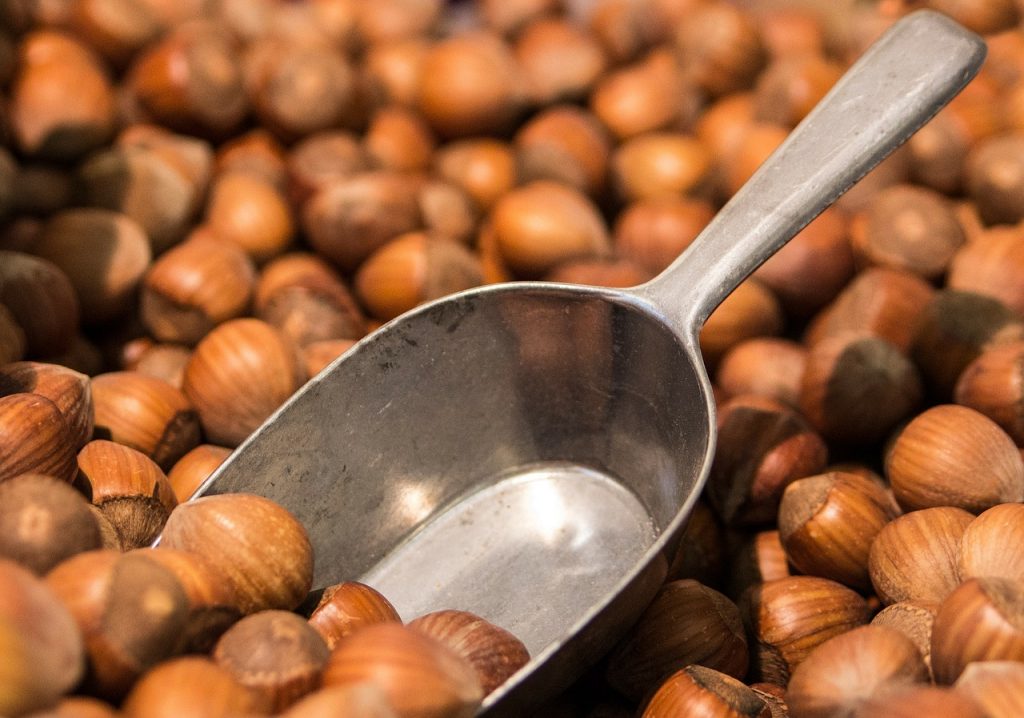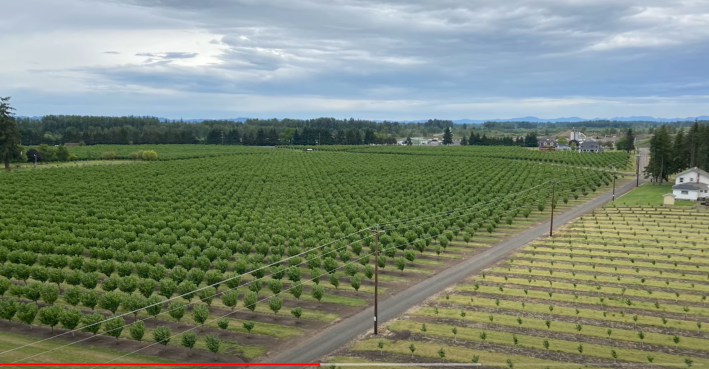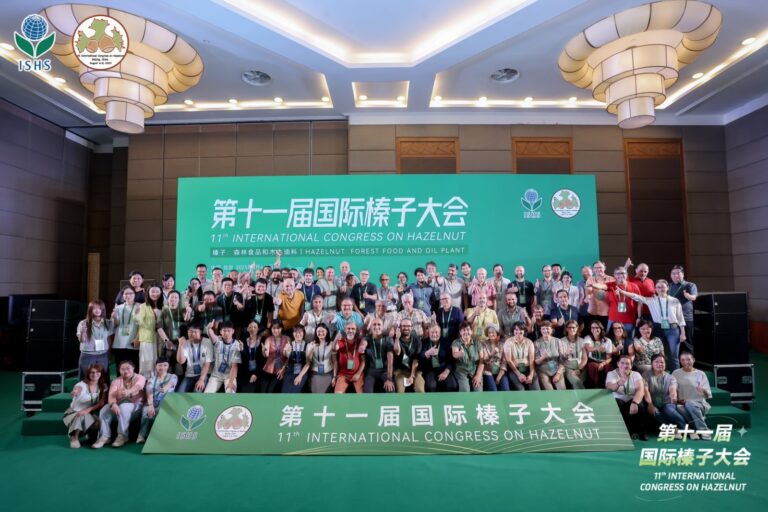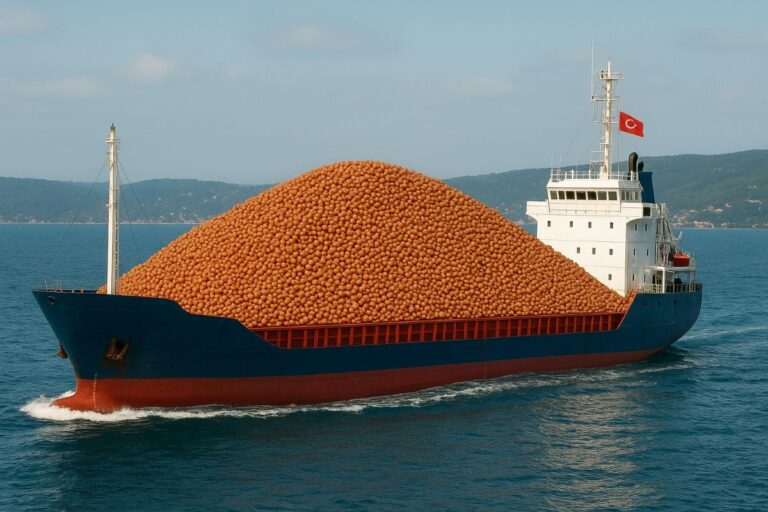Italian and Turkish production, the most expensive.
Spain: hazelnut prices fall to levels of four years ago.
It is the eternal battle: the fight for a decent price. They do not seek to become rich; just to earn a living, and this is no easy task. Producers in the nut sector, especially those devoted to hazelnuts, have been in a crisis for years which seems to have no end. The price has returned to the levels of four years ago, while costs have continued to rise. The producers are exhausted. They feel like they are sailing against the current, but they have not lost hope either. They are reinventing themselves, innovating and fighting to protect their position.
At the moment, and for more than a month, the price of Negreta hazelnuts has stood at 4.50 Euro per kilo (or 1.80 per pound, according to the measure usually used by the sector), “which hardly covers the production costs,” warns Rafel Español, head of the nut sector of Unió de Pagesos.
“The price has dropped a lot. In Italy, it remains at least fifty cents per kilo above that recorded in Reus, which is a lot, and in Turkey they also exceed us by far, despite the structural problem that exists in that country,” laments Español.
The representative of the sector in the Unió de Pagesos insists that, after the small growth observed in recent years and the incorporation of some young producers, now things have ground to a halt again. “We are the only country in Europe that has not recorded growth in the hazelnut sector, which is on the rise everyhere. In the nineties, we had 33,000 hectares, and now about 11,000,” he points out.
A couple of weeks ago, the Unió de Pagesos warned that, to ensure a future for the product, “it would be necessary to bring back the agro-environmental and direct aid that the sector has lost over the last six years.” The Government has consequently been asked to reverse the situation, recalling that hazelnut producers have lost 53% of the income from this type of aid, while almonds have lost about 20%. He also insisted that, “furthermore, the nut sector as a whole has lost almost 18% in direct aid from the State.”
Delay in implementation of observatory
Producers had put their faith in the implementation of the Agro-food Prices Observatory. They believed it would be launched earlier this year. At least, this is what they had been told. But it has been delayed. “We have lost a year, because today almost 90% of the harvest has already been sold,” regrets Español. He trusts that it will serve as a guideline to make sure that prices are set consistently. But although the launch has been announced for May 2017, to this day there are still no news on the issue.
The idea of the Government of the Generalitat, however, is focused on being able to set a reference price for hazelnuts and almonds. This would give more transparency to the market, as argued just a few days ago by the Councillor of Agriculture, Meritxell Serret, on a visit to the city of Reus.
The Llotja de Reus sets the state prices. It performs the role of notary of the development of the market by keeping track of operators and suppliers. But in any case, growers report that the price of this product is much lower than in other countries, and that puts them in the tail of a market that, in several places of Europe, Australia or even in the United States, is growing non-stop.
They therefore hope that the Observatory will serve as a regulation, as an arbiter. They are tired of the feeling of being always on the tightrope.
The Councillor presided in Reus a meeting of the Working Group for hazelnuts, which was created at the beginning of year and which, together with the producers, unions and traders, works in plans to protect the nut’s cultivation, with strategies focused on improving production, setting reference prices or promoting the product. Meritxell Serret believes that “only with the collaboration of sector and administration and the advice of experts can we successfully enforce the strategies and policies we need to make hazelnuts a profitable and appreciated crop in the markets, guarantee the income of the people who are devoted to the sector and ensure a generational change.”
Producers insist that “it is okay for them to say that we have to increase the production and improve the quality, but if aid is cut off, how are we supposed to do it?” laments Rafel Español, of the Unió de Pagesos.
A white spot
Hazelnut producers are also worried about a white spot that has appeared in some of the nuts and that damages their quality.
The working group has launched a study on the diseases that can affect the crop, including this white spot. The conclusions of this will be the result of a two year analysis.
“The sector has a future, good land and great expectations, but because of the Llotja and the agrarian policy of the administrations, we feel that we are regressing,” conclude the producers.
Copyright: freshplaza.com







